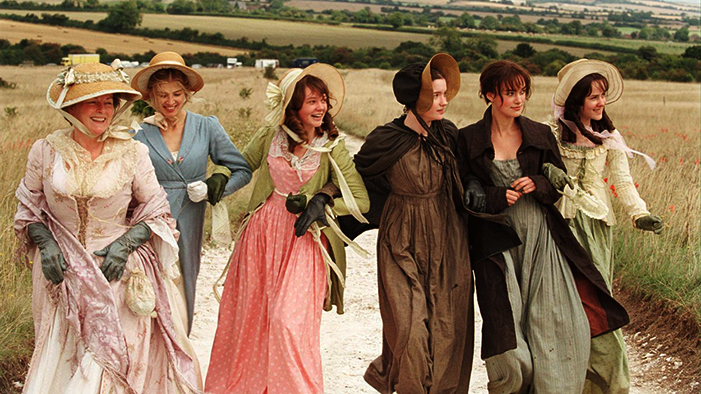full title Apocalypse Now
director Francis Ford Coppola
leading actors Martin Sheen, Marlon Brando
supporting actors Robert Duvall, Dennis Hopper, Albert Hall, Frederic Forrest, Laurence Fishburne (credited Larry Fishburne), Sam Bottoms
type of work Feature film
genre War film (Vietnam)
language English
time and place produced Shot February 1976 through May 1977 in the Philippines; postproduction took place in California from May 1977 to May 1979
awards
date of release 1979
producers
setting (time) 1968
setting (place) Vietnam
protagonist U.S. army captain Benjamin Willard
major conflict Willard must struggle against the horrors and hypocrisies of war and the darkness within himself to complete his mission and kill Colonel Kurtz.
rising action As Willard works his way upriver to Kurtz, his target, he faces and participates in several of the war’s atrocities and absurdities, including a preemptive air strike on a Vietnamese village, a seedy USO show, and an attack on innocent Vietnamese peasants in a sampan, leading him to realize fully the futility of war and question whether he will complete his mission and kill Kurtz, a man whom he has come to admire and emulate to a disturbing degree.
climax Willard’s mud-covered emergence from the river cements his Kurtzlike transformation and signals that he has given in to the dark side of his nature and will murder Kurtz in a ruthless, ritualistic fashion.
falling action After murdering Kurtz, Willard is given the opportunity to replace the colonel as a godlike figure. In rejecting this opportunity, he rejects the acceptance of human evil as king.
themes The hypocrisy of Western imperialism; madness as a result of war; the emptiness of American values
motifs Darkness; escape; home
symbols Masks; the river; fog
foreshadowing The film opens with helicopters lurking ominously over the jungle, accompanied by the Doors’ moody song “The End”; Chef and Willard encounter a tiger when they venture off the boat to look for mangoes; Willard murders the Vietnamese peasant woman in the sampan; Lance smears his face with paint like the members of Kurtz’s army


 payment page
payment page



